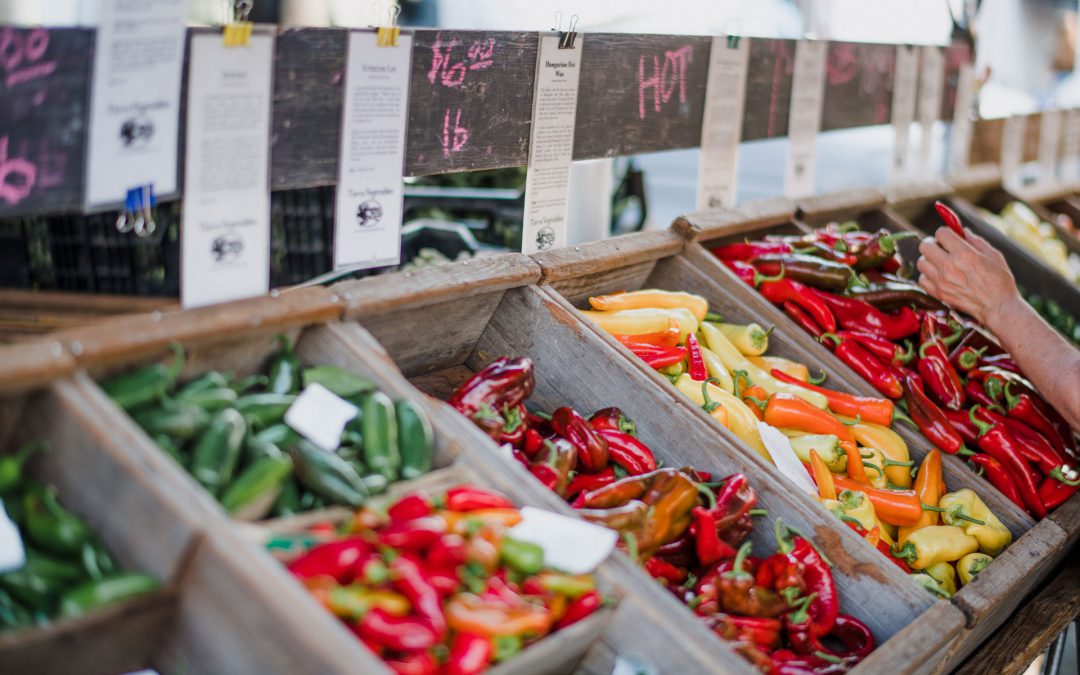It is well documented that poverty and being unable to put food on the table is a key factor in poor physical and mental health and wellbeing, with the impact of COVID further increasing the pressure placed on people and communities and their health and wellbeing, as well as the traditional infrastructure that is designed to provide support and interventions.
Not being able to access even the basic foods impacts people in a variety of ways including; increasing the risk of chronic stress, placing pressure on family and peer relationships; affects the ability to make decisions; contributes to social isolation; and the ability to access and sustain learning and employment opportunities. In addition, personal and community resilience is affected which further exposes people and the infrastructure to the impact of short-term and long-term crisis such as COVID and economic downturns.
The Scottish Pantry Network’s creative model and strengths-based approach is designed to address these issues by offering an engaging and tailored “shopping experience” and providing a dignified choice for both the individual and local community. Unlike Foodbanks or other pop style models of food distribution, a Pantry will open and function like a normal shop and will not operate limited and restricted hours; our agile and flexible model recognises that people and communities have other commitments that mean they need access to shopping at varying times including evening and weekends. In addition, and critically access to a Pantry is not based on need and does not require anyone to explain their circumstance; memberships are open to everyone in the community. This approach differs from others and is designed to be inclusive and not to differentiate as well as helping the Pantry to be a local food outlet and not somewhere you go for food support. To further ensure that the Pantries are integrated and embedded in local communities with dignity they will be designed around shopfronts that not only help with access but will increase footfall and membership.
Our model is based on a membership system whereby for a £2.50 membership, shoppers will get between £15 – £20 worth of quality food, in addition memberships are not limited which enables families to purchase multiple memberships further providing choice and flexible access to products.
To ensure that the Pantry extends its reach across communities and can be the catalyst for increasing community engagement, community transport, connectedness, and developing community wealth, they will be designed to act as a “hub” and a conduit for local services and provision. The “hub” will not be limited to being a touchpoint for key services such as NHS and Money Advice but also employability, community events, youth engagement, creative arts and media; it is important that the” hub” is engaging, inclusive, informative and fun! And reflecting local need, demand, interest, aspiration, and inspiration, and all age groups.
Pantries are open to individuals from across communities and are designed to be a place to meet and socialise further reducing the risk of social isolation and community disconnection. The Pantry blueprint has key components which we recommend are embedded in the planning, design, and implementation phase, all of which should have community consultation as a golden thread:
- Providing training for volunteers in customer care, health and safety, food hygiene and providing experience in hospitality and retail, further assisting with progression into training and employment (links to training providers, and employers and colleges, volunteer organisations)
- Reducing carbon footprint and negative environmental impact. A large proportion of surplus food which is utilised and redistributed by Pantries would normally end up in Landfill sites
- Empowering communities through community engagement and active participation form planning and design through to implementation and growth
- Offers learning experiences including cooking, food preparation, “pop” and “street” foods
- Provides “free space” for individuals and groups to use further reducing isolation and increasing opportunities for creative engagement
- Attracting footfall to local business
- Work with local growers and suppliers

